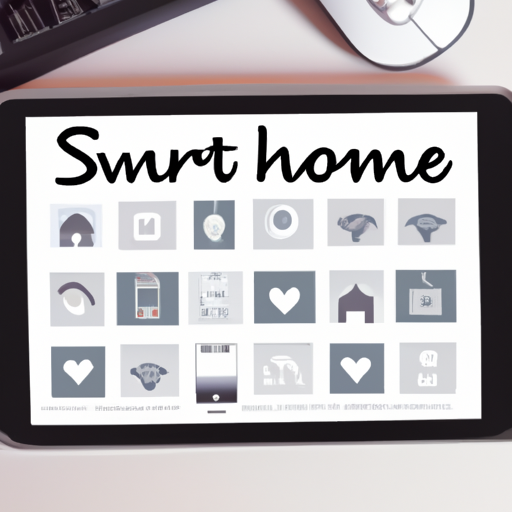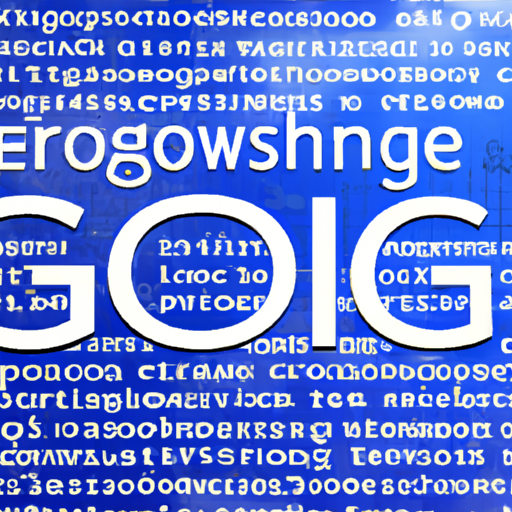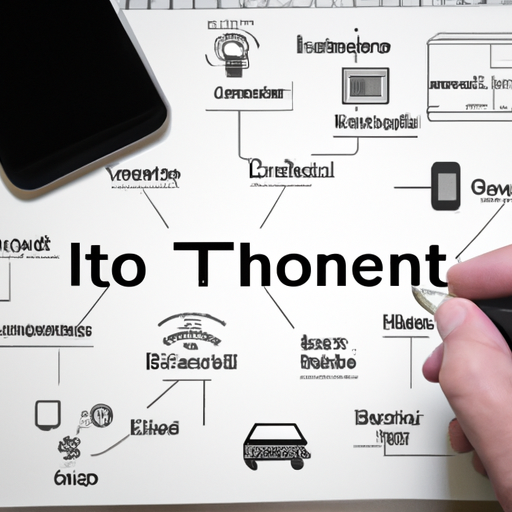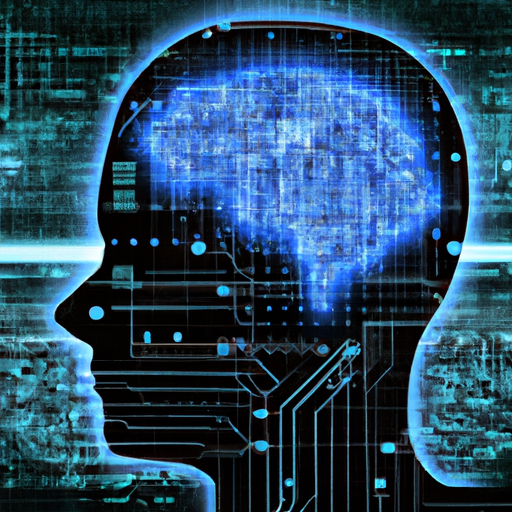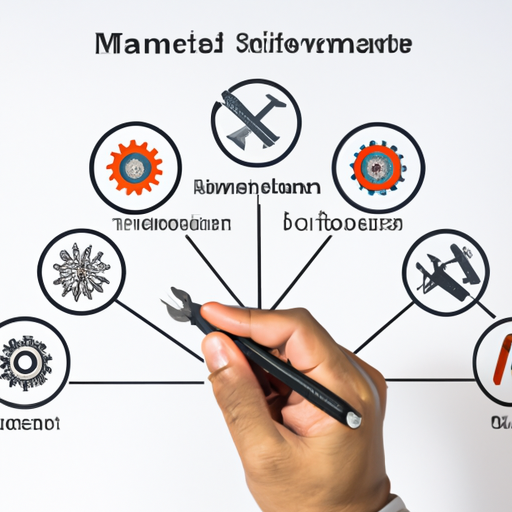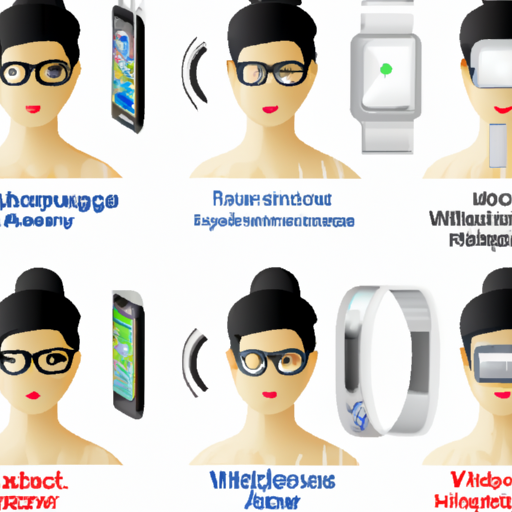In today’s fast-paced digital landscape, the integration of Edge AI into various applications is rapidly gaining traction. Businesses across multiple sectors are discovering the transformative power of deploying artificial intelligence capabilities closer to the source of data generation. This blog post delves into how Edge AI is reshaping industries through real-time analytics, reduced latency, and enhanced privacy.
What is Edge AI?
Edge AI represents the convergence of artificial intelligence and edge computing. It allows data processing and decision-making to occur closer to the edge of the network — at or near the location where data is created, rather than relying on cloud computing. This architecture minimizes latency and bandwidth usage while maximizing the speed and efficiency of data processing.
Key Applications of Edge AI
1. Internet of Things (IoT)
IoT devices generate vast amounts of data and require quick processing to make real-time decisions. Edge AI enables smart sensors and devices to analyze data on-site, leading to faster response times in applications like smart homes, industrial automation, and healthcare.
2. Autonomous Systems
From self-driving cars to drones, Edge AI is crucial for enabling autonomous systems to process their environment in real time. With powerful computing at the edge, these systems can make immediate decisions, enhancing safety and efficiency.
3. Real-Time Analytics
Businesses can leverage Edge AI for real-time analytics, allowing for instant insights and decision-making based on current data. This is particularly valuable in sectors like retail, where quick adaptations to inventory management and customer behavior are essential.
4. Security and Privacy
By processing data locally rather than sending it to the cloud, Edge AI enhances data security and user privacy. Sensitive information can be analyzed and acted upon without ever leaving the edge device, making it an ideal solution for industries with strict compliance requirements.
Conclusion
As industries continuously evolve, the implementation of Edge AI technologies is proving to be a game-changer. With applications ranging from IoT to autonomous systems and real-time analytics, Edge AI empowers businesses to operate more efficiently and securely. Embracing these innovations will be vital for staying competitive in the digital age.



